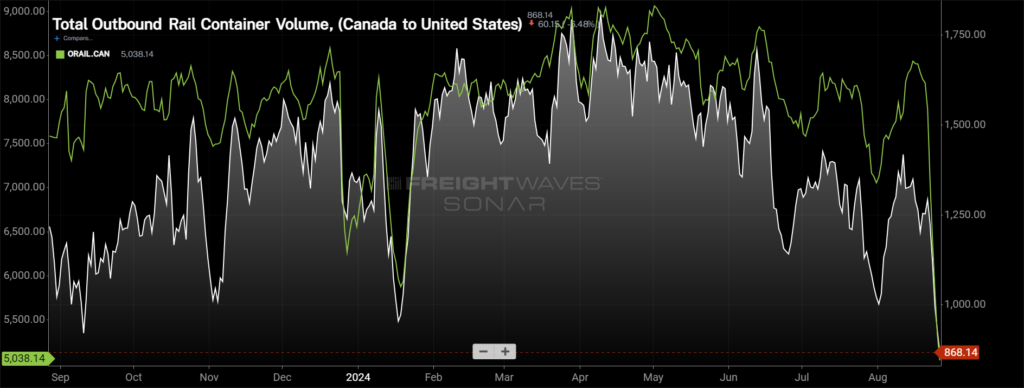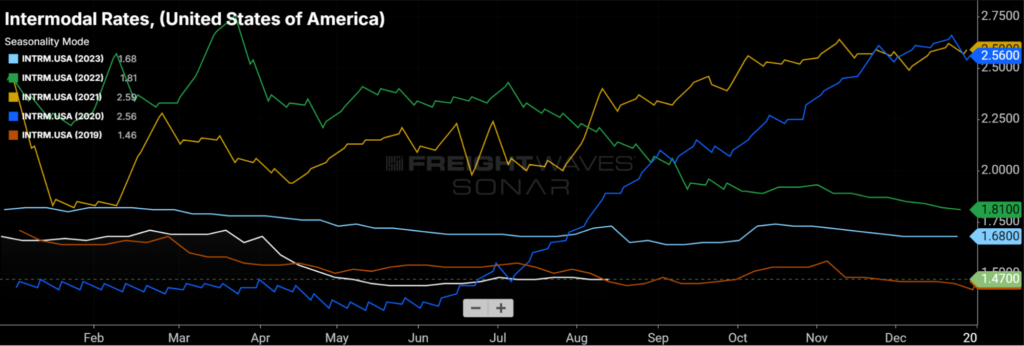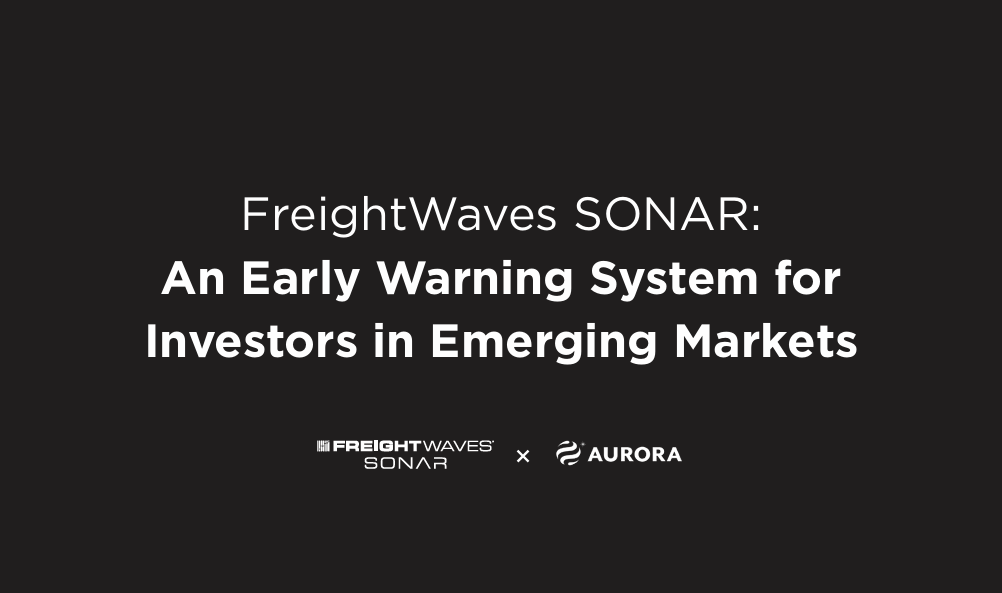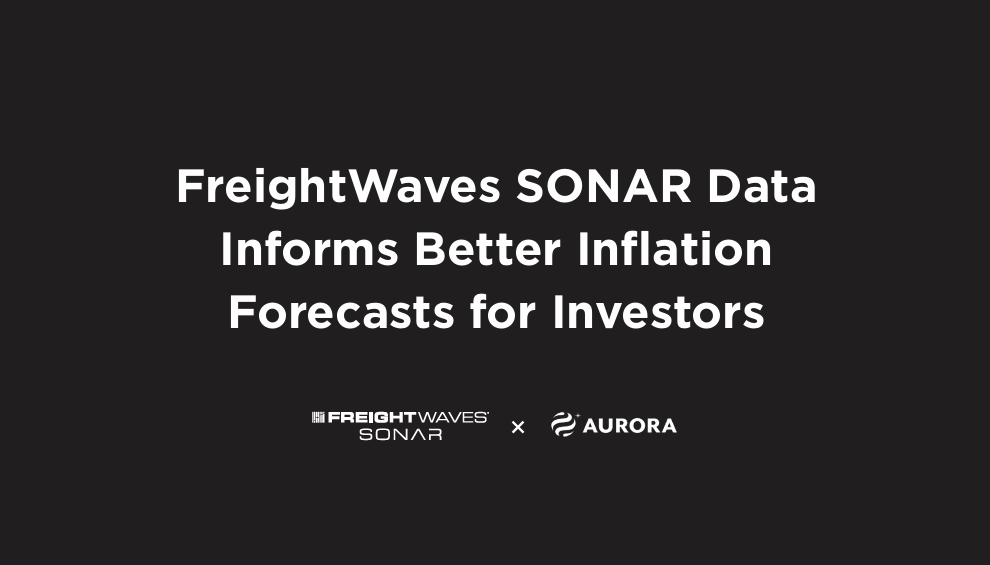The logistics industry is overflowing with ambitious companies pursuing innovative ideas. A much smaller number of players, however, have what it takes to shape the way the industry operates on a grand scale.
FreightWaves has accomplished that through SONAR, and the company is committed to partnering with other industry standouts working toward similar goals — including Tai Software.
While Tai offers its customers a varied suite of solutions, the company’s trademark product is its namesake TMS for less-than-truckload and full truckload freight brokers.
The company places a significant emphasis on LTL, boasting an automation success rate of up to 91%. On the truckload side, Tai enables brokers to speed up their processes by as much as 30% via its fully integrated platform.
One of Tai’s strengths is its dedication to bringing together all the tools a broker uses on a day-to-day basis via its TMS. The commitment to integrations not only leads to more efficient operations but also creates a less frustrating work environment for brokers and their customers.
Technology is often used as a selling point within the industry, with companies fighting to appear more tech savvy than their peers in order to win business. For Tai, however, technological innovation is more personal.
“I think a lot of our competitors might look at the industry in terms of what the tech can do for you from a selling point standpoint,” said Sean McGillicuddy, vice president of sales and marketing at Tai Software. “We’re all about making sure the human beings within the brokerage are empowered.”
Choosing the right partnerships is a critical part of making sure brokers are empowered to do their jobs better. Tai teamed up with FreightWaves SONAR in an attempt to do just that.
“When we partnered with FreightWaves, it was mainly because we had several customers requesting that we build the integration,” McGillicuddy said.
Tai features a truckload quoting page in its TMS. Users can access data integrated from SONAR right at the top of their screens when using this page, eliminating the wasted time and confusion that comes from switching between different solutions.
Tai TMS customers can see the quotes they have received from carriers, then compare those quotes with historical and current rates, as well as rate data housed within the SONAR product. This ability gives brokers the most holistic view possible, positioning them to engage in better conversations and negotiations.
“We’re hoping to have a very long-standing partnership where [Tai and FreightWaves] both get to have a positive impact on the industry,” McGillicuddy said. “We see this as a great way to work together to make sure we are delivering value to the market.”











